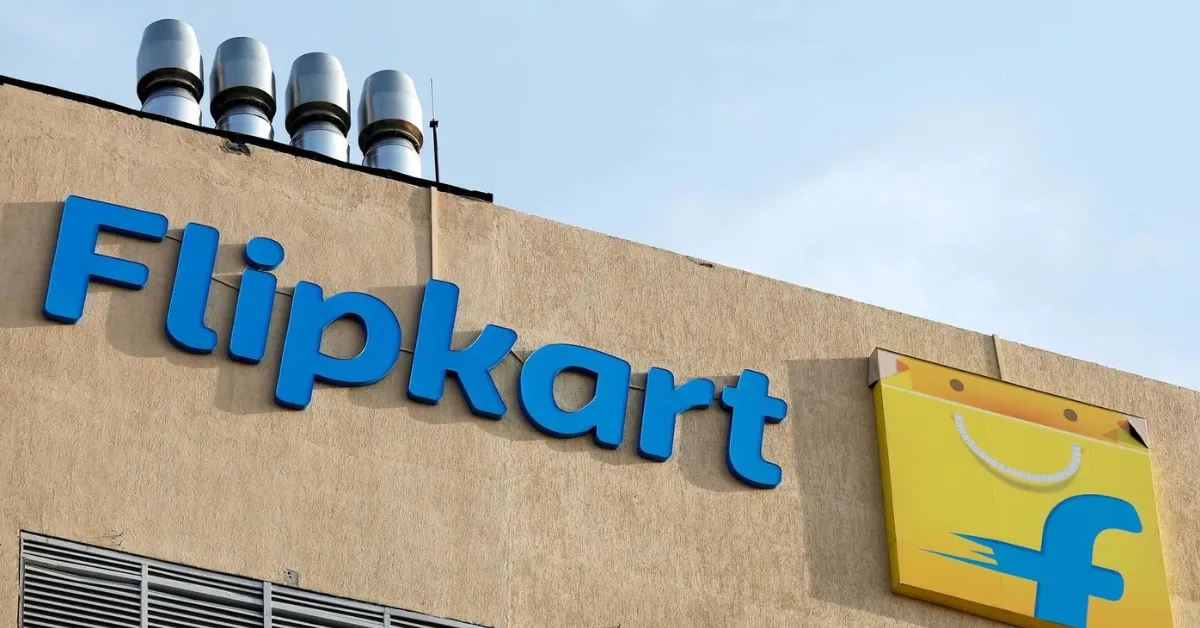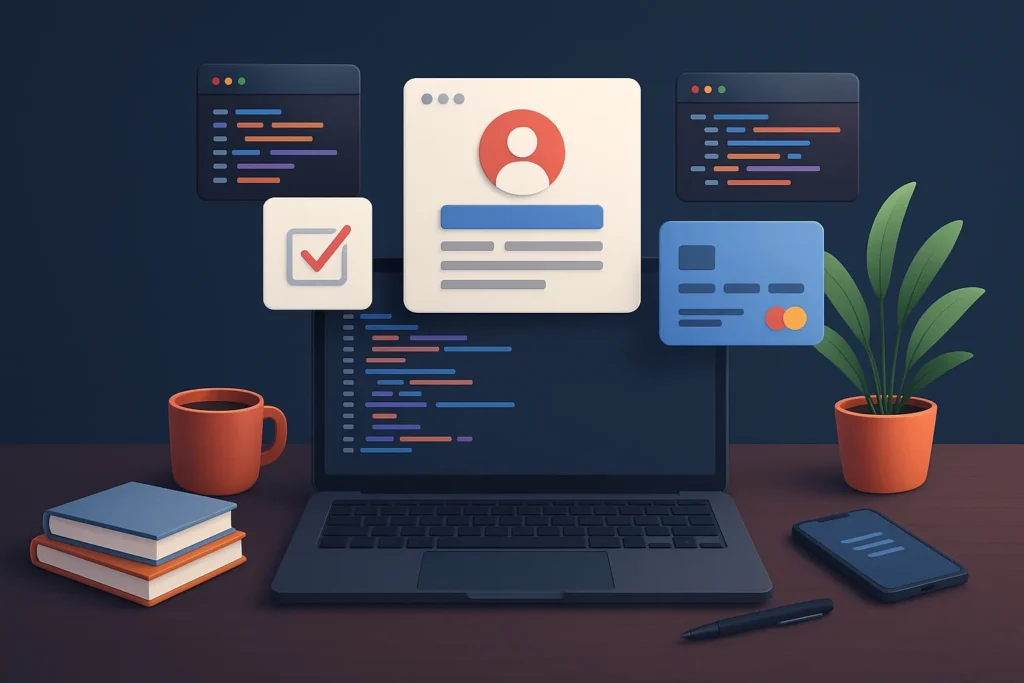Launching your own e-commerce platform sounds like a no-brainer. You’ve seen Flipkart grow from humble beginnings to a giant in Indian retail. Now you want to build your own marketplace—a Flipkart clone that brings in orders, hosts thousands of sellers, and makes that checkout “ka-ching” echo in your dashboard. Ambitious? Sure. Achievable? Absolutely—if you avoid the landmines most startups walk straight into.
Too many founders think it’s just about listing products and integrating a payment gateway. But e-commerce isn’t a catalog—it’s a complex machine of trust, logistics, discovery, and post-sale experiences. One glitch, one late delivery, one clunky checkout—and users are gone.
At Miracuves, we’ve partnered with founders across fashion, electronics, hyperlocal delivery, and more—building Flipkart clone that do more than just look good. So before you dive into development, let’s look at the five common mistakes you don’t want to make.
Read More : Pre-launch vs Post-launch Marketing for Flipkart Clone Startups
The 5 Most Common Mistakes When Building a Flipkart Clone

1. Treating It Like a Store, Not a Marketplace
Many founders think building a Flipkart clone means launching an online store with a few seller profiles tacked on. But Flipkart is a full-blown marketplace. That means onboarding, verification, seller dashboards, commission tracking, logistics syncing, customer disputes, and more.
If you skip this and just build a glorified catalog, you’re not building a marketplace—you’re launching a broken experience for both sellers and buyers.
Pro Tip:
Design three dashboards from day one: Buyer, Seller, and Admin. Each user needs tools tailored to their journey—from uploading SKUs to tracking returns.
2. Launching Without Logistics Planning
Getting people to click “Buy” is the easy part. Delivering that product? That’s where the real chaos begins. Most Flipkart clone startups launch with no logistics partnerships, unclear shipping timelines, and zero real-time tracking.
And when an order goes missing or arrives late, guess who gets blamed? You.
Pro Tip:
Integrate logistics from day one. Use Shiprocket, Delhivery, or local partners. Provide order tracking and estimated delivery timelines for every product.
3. Skipping Mobile-First UX
Your customers aren’t shopping from desktops—they’re browsing during lunch breaks, commuting, or late at night on their phones. Yet many clone apps launch with bulky layouts, slow image loads, and multi-step checkouts that don’t play nice on mobile.
That’s death by a thousand taps.
Pro Tip:
Optimize everything for mobile: one-tap product views, smart search, sticky “Buy Now” buttons, and lightning-fast checkout flows.
Build a Flipkart Clone with Mobile-First Design
4. Ignoring Product Discovery and Filters
E-commerce success hinges on how quickly users can find what they want. Flipkart’s category trees, brand filters, rating sorters, and search suggestions aren’t just UI fluff—they’re conversion tools.
If your product search feels like navigating a warehouse, users won’t browse—they’ll bounce.
Pro Tip:
Use category tagging, autocomplete search, smart filters (price, rating, brand), and “similar products” carousels. These boost session time and AOV.
5. Waiting Too Long to Monetize
Many clone builders assume: “Let’s get users first, revenue will follow.” The problem? Without monetization built-in, you train users to expect everything for free—and sellers to doubt the ROI.
Flipkart didn’t wait. It charged sellers, offered ads, and introduced paid placements. You should too.
Pro Tip:
Start with featured listings, ad placements, subscription tiers for sellers, and affiliate rewards. Monetize seller tools, not just customer carts.
Read More : How to Build an App Like Flipkart – A Full-Stack Developer’s Guide
Conclusion & Final Thoughts
Building an e-commerce platform isn’t about mimicking Flipkart’s design—it’s about delivering on its function. Trust, logistics, discovery, mobile flow, and monetization are the backbone. If those five aren’t in sync, your fancy storefront will collapse under its own weight.
Focus on serving real needs, scaling smart, and thinking like both a seller and a buyer.
At Miracuves, we help innovators launch high-performance app clones that are fast, scalable, and monetization-ready. Ready to turn your idea into reality? Let’s build together.
FAQ
Still have questions about building a Flipkart clone? Let’s clear them up.
Do I need to support multiple sellers from the beginning?
Yes—if you’re building a marketplace. Even if you start small, your architecture should scale with new sellers.
What’s the best way to handle delivery?
Partner with established logistics providers, automate tracking, and provide real-time updates to customers.
Can I launch just with COD (Cash on Delivery)?
You can, but it’s risky. Integrate payment gateways early—offer UPI, cards, wallets, and COD for flexibility.
Should I start with an app or website?
Mobile web is a good start, but apps offer deeper engagement. Launch PWA or native apps once traction builds.
What’s the fastest way to monetize a new e-commerce platform?
Charge for seller onboarding, offer paid promotions, or take a small commission per order.
How do I manage product returns?
Build a clear return workflow: return request > approval > pickup > refund. Transparency here builds long-term trust.
Related Articles







